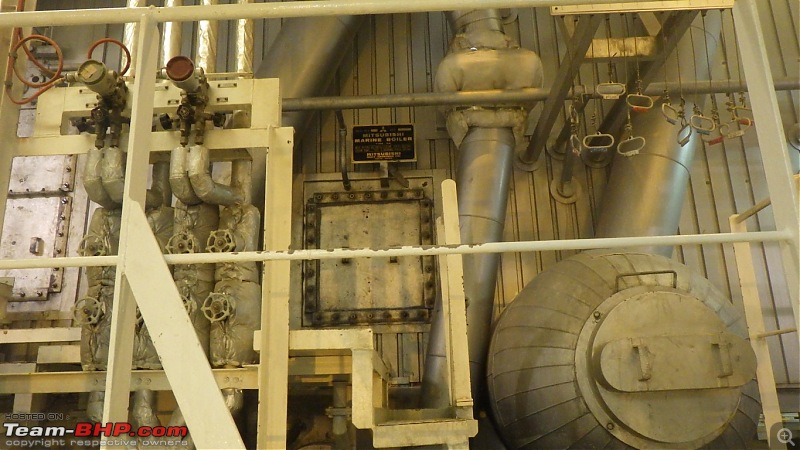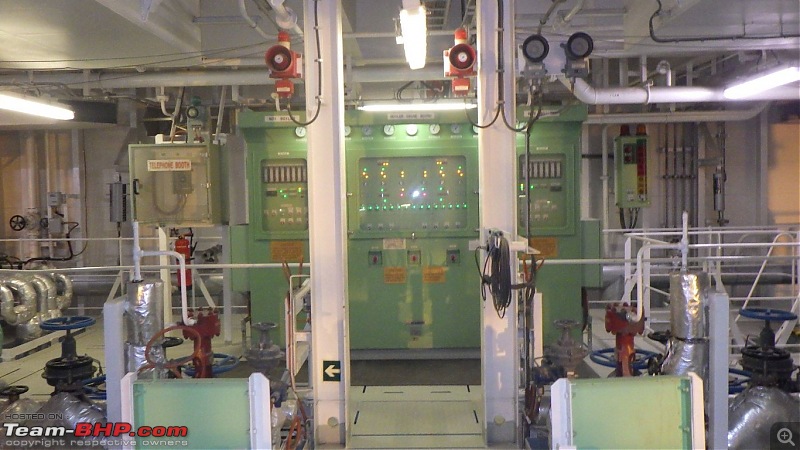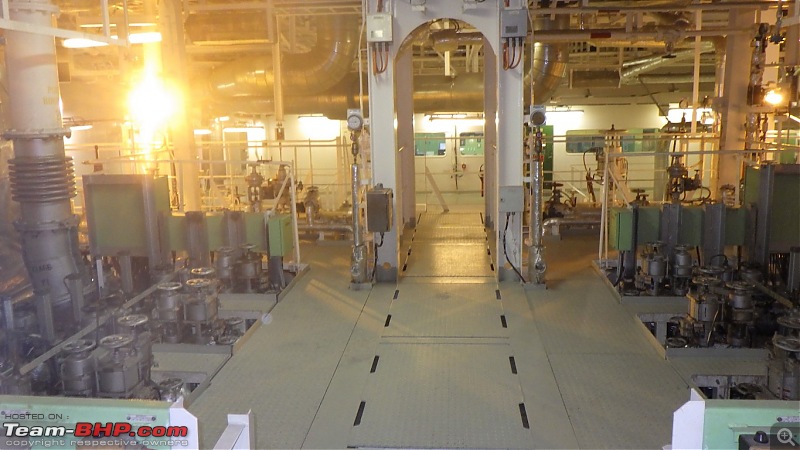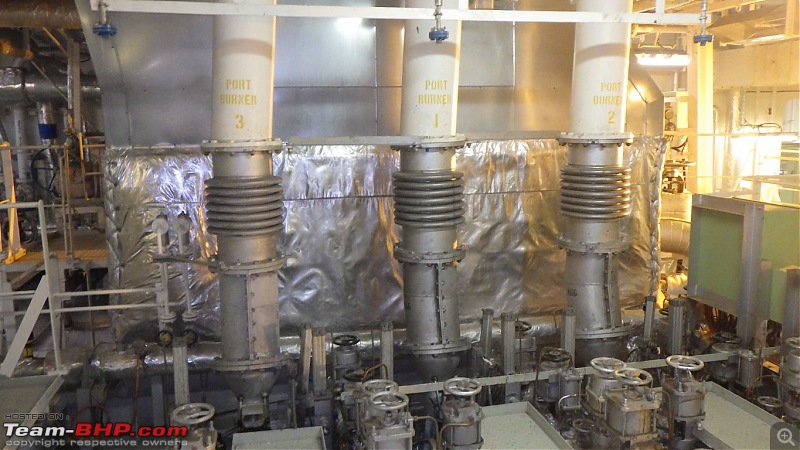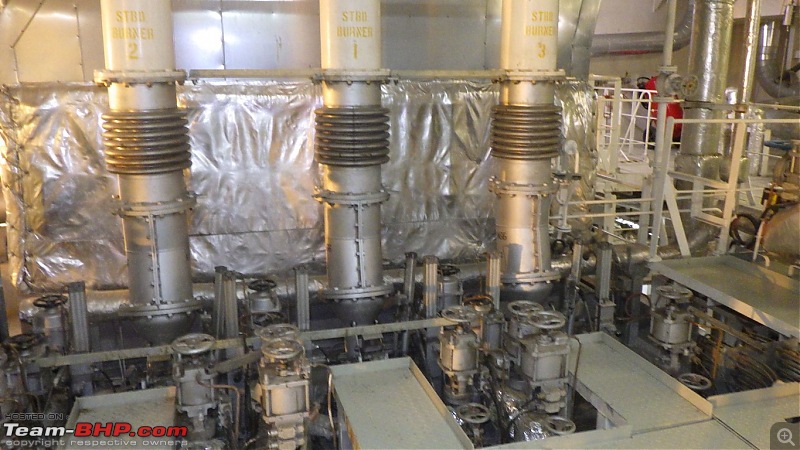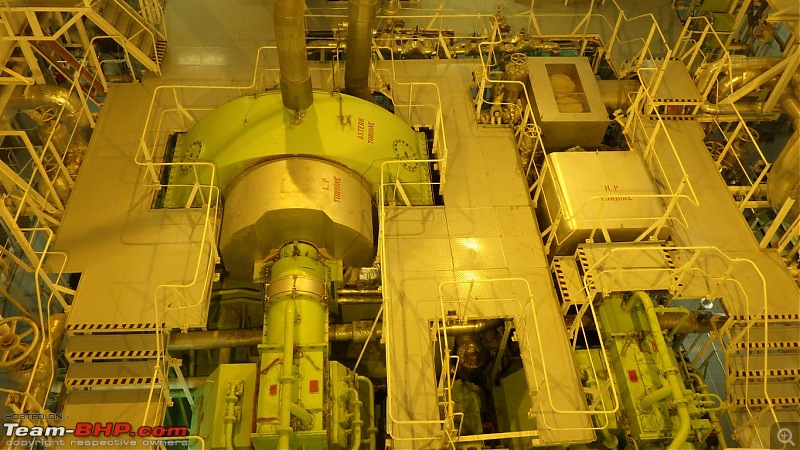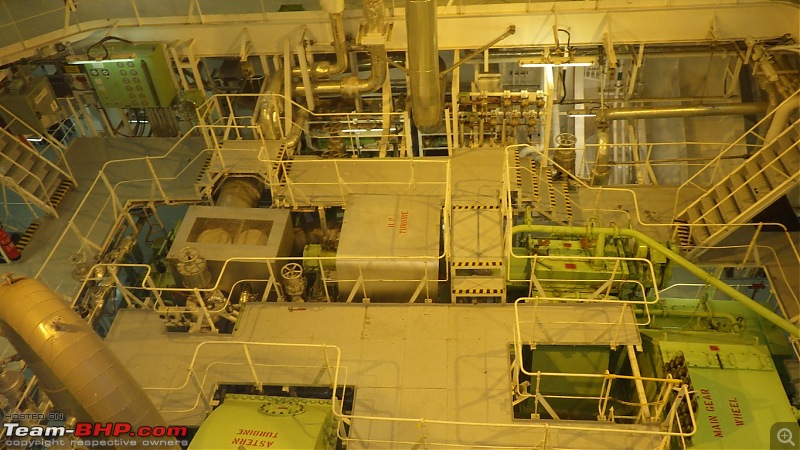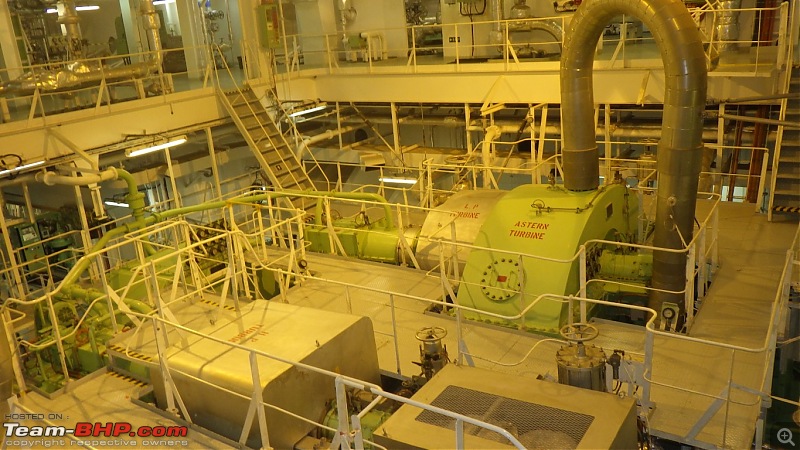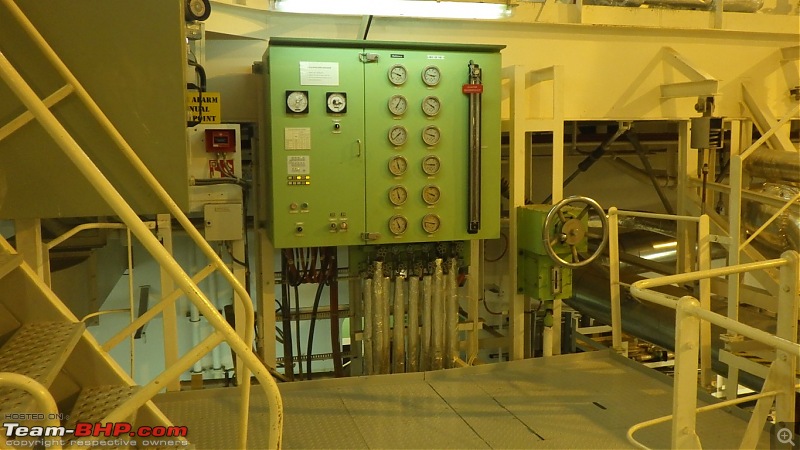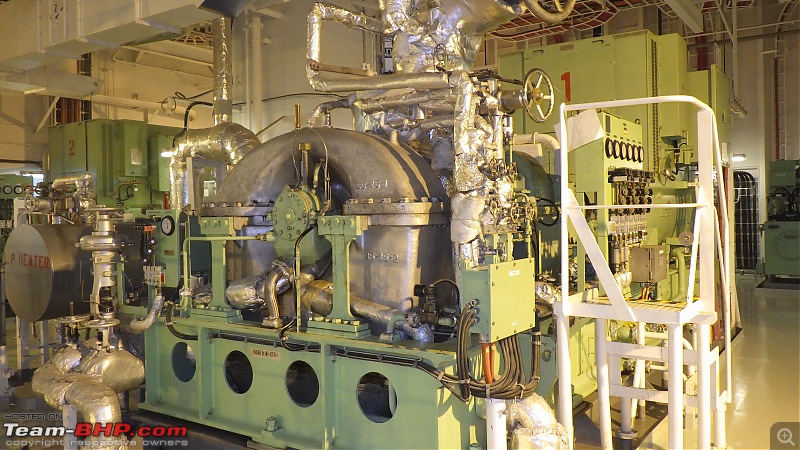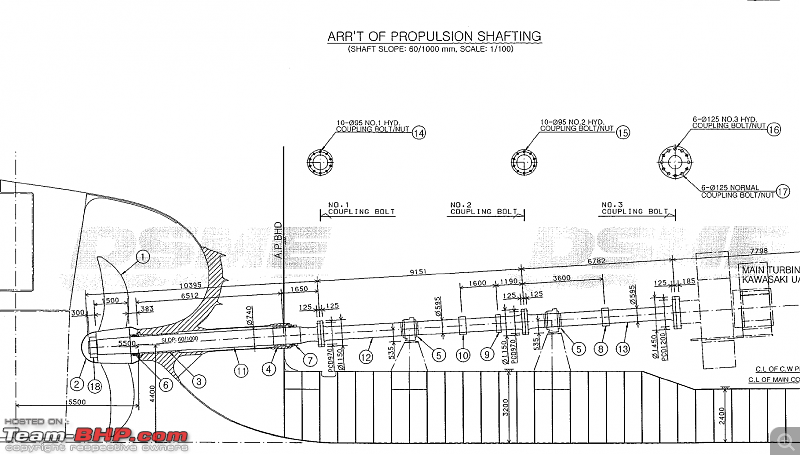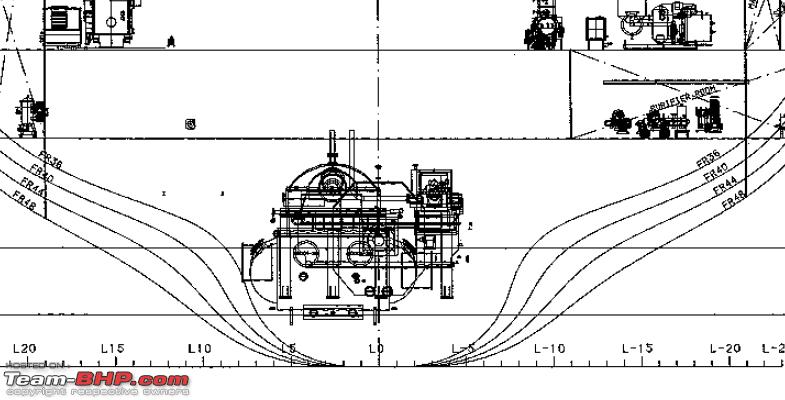| | #1 |
| BHPian Join Date: Mar 2024 Location: At Sea......
Posts: 102
Thanked: 207 Times
| |
| |  (23)
Thanks (23)
Thanks
|
| |
| | #2 |
| BHPian Join Date: Mar 2024 Location: At Sea......
Posts: 102
Thanked: 207 Times
| |
| |  (24)
Thanks (24)
Thanks
|
| | #3 |
| Distinguished - BHPian  | |
| |  (13)
Thanks (13)
Thanks
|
| | #4 |
| BHPian Join Date: Mar 2024 Location: At Sea......
Posts: 102
Thanked: 207 Times
| |
| |  (15)
Thanks (15)
Thanks
|
| | #5 |
| Distinguished - BHPian  Join Date: Jun 2007 Location: Chennai
Posts: 11,005
Thanked: 26,447 Times
| |
| |  (3)
Thanks (3)
Thanks
|
| | #6 |
| BHPian Join Date: Mar 2024 Location: At Sea......
Posts: 102
Thanked: 207 Times
| |
| |  (3)
Thanks (3)
Thanks
|
| | #7 |
| Distinguished - BHPian  | |
| |  (6)
Thanks (6)
Thanks
|
| | #8 |
| BHPian Join Date: Mar 2024 Location: At Sea......
Posts: 102
Thanked: 207 Times
| |
| |  (10)
Thanks (10)
Thanks
|
| | #9 |
| Distinguished - BHPian  | |
| |
| | #10 |
| BHPian Join Date: Aug 2011 Location: Bangalore
Posts: 30
Thanked: 51 Times
| |
| |  (2)
Thanks (2)
Thanks
|
| | #11 |
| BHPian Join Date: Sep 2017 Location: MH 43 // MH 46
Posts: 343
Thanked: 893 Times
| |
| |  (3)
Thanks (3)
Thanks
|
| |
| | #12 |
| Newbie Join Date: Mar 2024 Location: Banglore
Posts: 10
Thanked: 18 Times
| |
| |
| | #13 |
| BHPian Join Date: Mar 2024 Location: At Sea......
Posts: 102
Thanked: 207 Times
| |
| |  (4)
Thanks (4)
Thanks
|
| | #14 |
| BHPian Join Date: Jun 2009 Location: New Delhi
Posts: 488
Thanked: 1,396 Times
| |
| |  (3)
Thanks (3)
Thanks
|
| | #15 |
| BHPian Join Date: Mar 2024 Location: At Sea......
Posts: 102
Thanked: 207 Times
| |
| |
 |
Most Viewed



